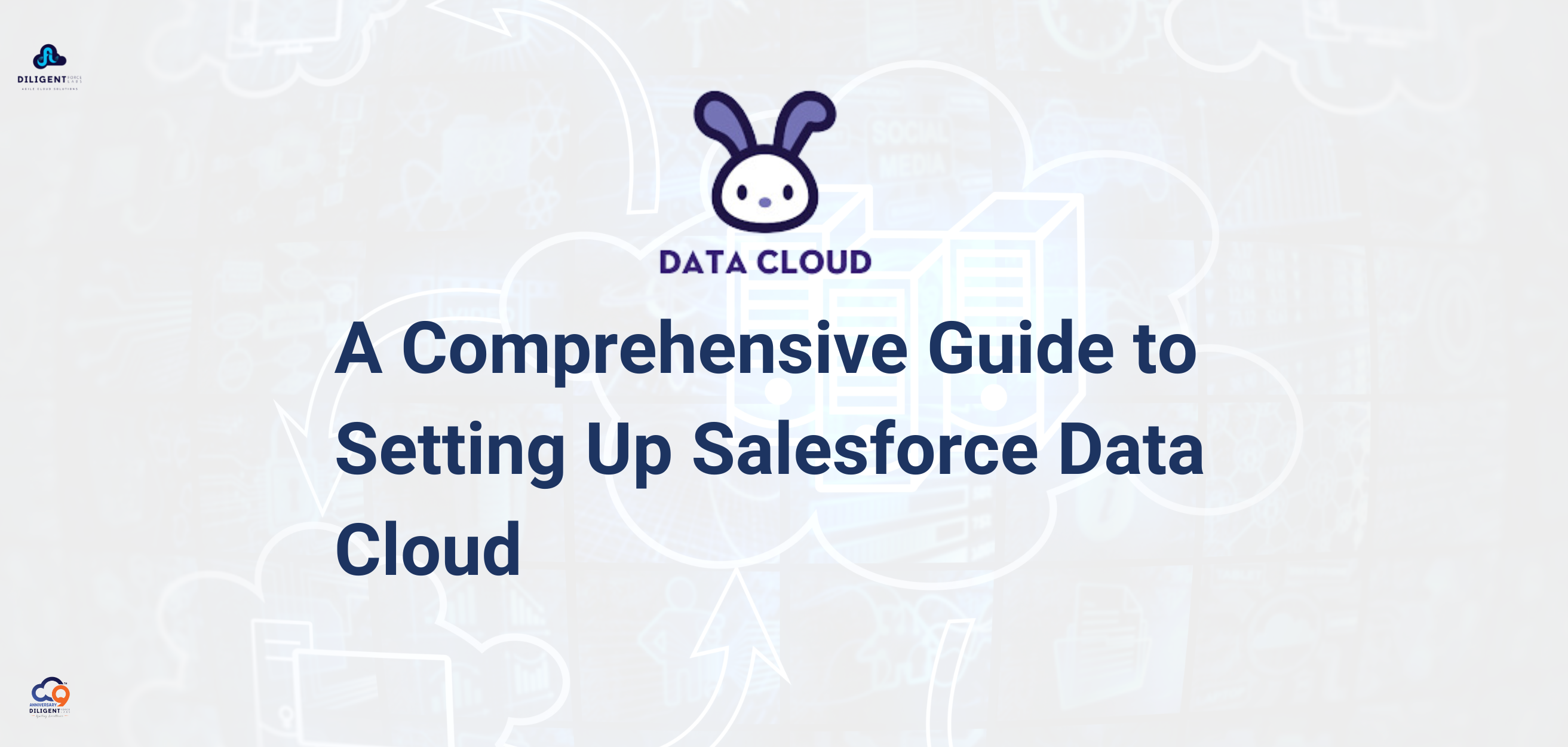Introduction:
In ServiceNow Records, lists, and forms are foundational components of data management framework. Records represent individual instances of data within tables, lists offer a consolidated view of multiple records, and forms provide user-friendly interfaces for data interaction. Together, these elements facilitate efficient data organization, accessibility, and manipulation within the ServiceNow platform.
RECORD:
A Record refers to a single instance of data within a specific table or database in the platform. Records in ServiceNow contain various fields that store specific information about the entity they represent, such as incidents, users, or configuration items.
Each Record is assigned a unique System ID (Sys ID) upon creation. This Sys ID serves as a primary key for the record within the ServiceNow database.

LIST:
A list in ServiceNow is essentially a tabular view that displays records from a specific table based on defined criteria. A list view refers to a display format where multiple records are presented on a single page in a tabular layout.
Users can customize lists to filter, sort, and display data according to their preferences, facilitating efficient data analysis and management. Lists typically feature column headers representing fields from the underlying table, allowing users to quickly scan and locate relevant information.

Form View:
A form in ServiceNow acts as a crucial gateway for users to interact with the platform’s data. It offers a structured layout presenting various fields that correspond to different attributes of the record.
Users can effortlessly input, view, or modify data through text inputs, drop-down menus, checkboxes, and date pickers, among other elements tailored to the specific data being managed. These forms are meticulously designed to streamline data entry and management tasks, providing users with an intuitive interface to contribute to the centralized database effectively.

Conclusion:
ServiceNow leverages records to populate tables, lists for comprehensive record views, and forms for user-friendly interaction, enhancing productivity and streamlining workflows. These components form the backbone of ServiceNow’s data ecosystem, ensuring efficient management and optimized resource utilization.
Recent Post

09, Jul, 2024 | By Mahesh Siddireddy

How we can help you!
Contact UsJust Connect With Us!
Our team of certified Salesforce and ServiceNow consultants is standing by to offer answers, ideas and solutions.



